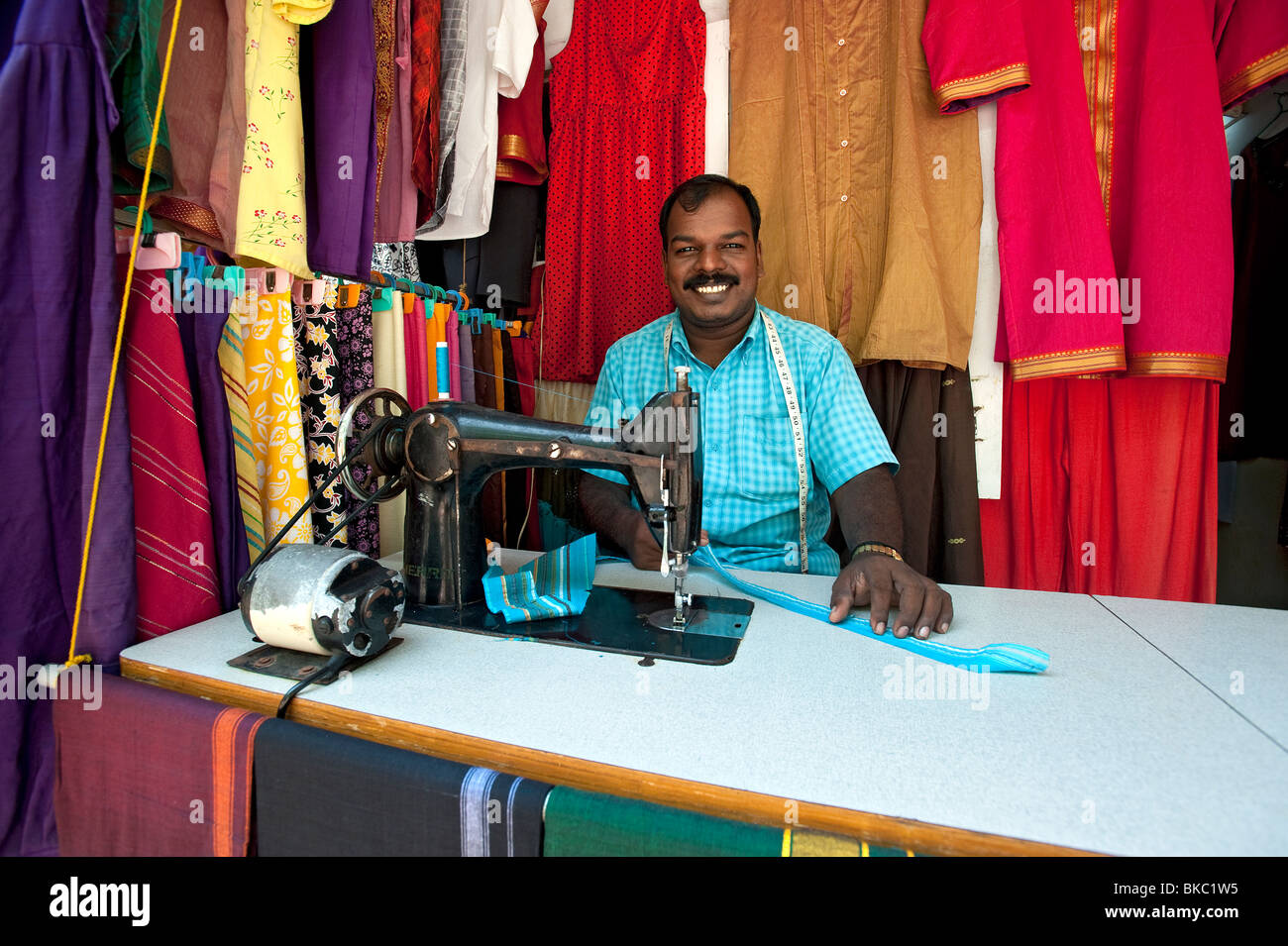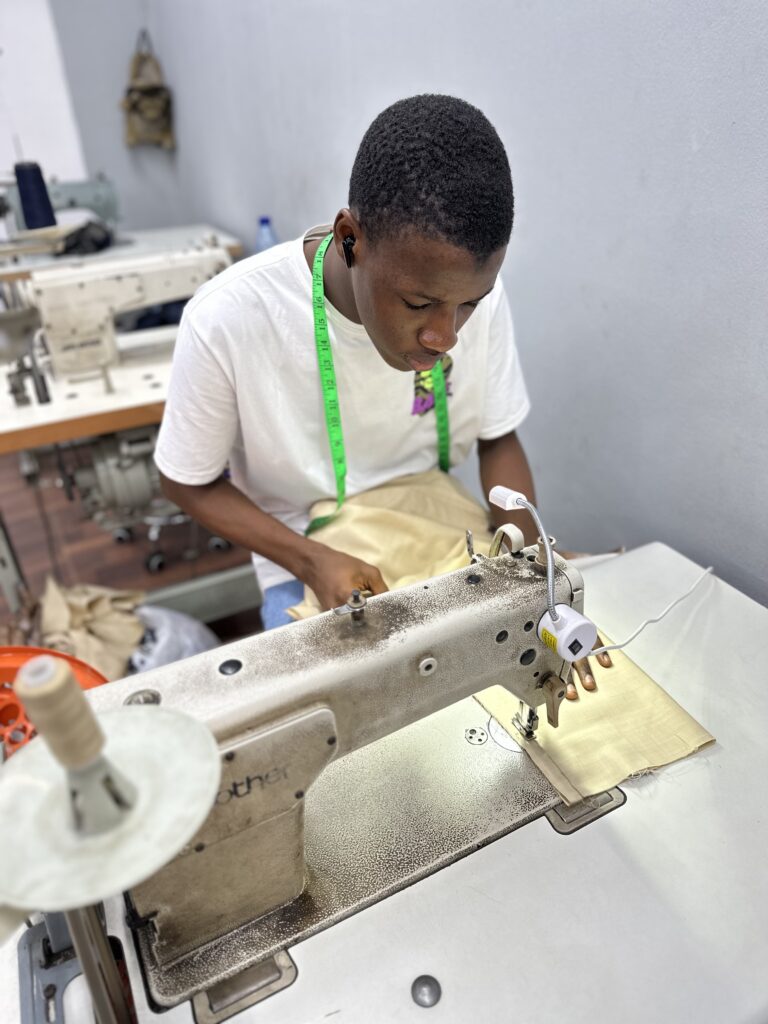Expert Tailor Perth: Crafting Custom Suits for every single Event
Expert Tailor Perth: Crafting Custom Suits for every single Event
Blog Article
Recognizing the Tailoring Process: From Fabric Selection to Final Suitable for the Perfect Closet
The customizing process is a complex interaction of art and science, starting with the essential decision of material choice and finishing in the accurate adjustments of final installations. Each textile type brings distinct qualities that affect not only the visual allure yet also the garment's long life and suitability for different occasions.
Importance of Textile Selection
Selecting the appropriate textile is vital in the customizing process, as it directly affects the convenience, longevity, and total visual of the final garment (tailor perth). The option of fabric sets the foundation for the garment's performance, capability, and design. Various fabrics possess one-of-a-kind residential or commercial properties, such as weight, breathability, and stretch, which can dramatically influence exactly how the garment drapes and fits the body
Additionally, material option affects the garment's durability and convenience of treatment. Top quality textiles can withstand deterioration, keeping their look and structure gradually, while lower-quality products might lead to pilling or fading. Furthermore, the ideal textile contributes to the garment's ability to transition throughout seasons and occasions, thereby improving convenience.
A tailored piece made from an appropriate material not just showcases workmanship but additionally boosts the wearer's self-confidence. Subsequently, recognizing the subtleties of textile selection is critical for any kind of customizing undertaking. It makes certain that the last product not just meets the visual wishes of the client however also lines up with practical requirements, thereby attaining a harmonious balance between type and feature in the customized closet.
Kinds Of Fabrics and Their Uses
Comprehending the different sorts of materials available is important for making educated decisions during the tailoring process. Each textile possesses unique characteristics that determine its viability for particular garments and events.
Cotton, understood for its breathability and gentleness, is perfect for casual wear and summer apparel. Its versatility enables it to be tailored into every little thing from shirts to gowns. Wool, on the various other hand, is preferred for its warmth and structure, making it an exceptional option for formal suits and outerwear - tailor perth. Its natural flexibility assists garments maintain form with time.
Silk exudes high-end and is lightweight, making it excellent for eveningwear and fragile shirts; nonetheless, it needs cautious handling because of its delicacy. Linen, with its textured coating, is a preferred choice for cozy climates, providing a ventilated and crisp feeling, but it wrinkles conveniently, which may affect the garment's appearance.
Artificial fabrics, such as polyester and nylon, offer durability and resistance to creases, making them ideal for daily wear and active apparel. Recognizing these material kinds and their homes allows for better decision-making, making certain that each customized piece not just fits well but additionally aligns with the desired function and celebration.
The Tailoring Techniques Discussed
The art of customizing relies on a variety of techniques that change material into well-fitted garments. Central to this process is pattern preparing, where a tailor produces layouts based on the client's dimensions and preferred style. This first step makes certain that the garment will certainly fit the wearer properly prior to any reducing occurs.
When patterns are news established, cutting strategies enter play. Precision is paramount as errors can bring about misfitting garments. Tailors usually make use of various reducing approaches, such as single-layer reducing for complex styles and multiple-layer reducing for efficiency on standard patterns.
Basting is an additional vital technique, allowing tailors to briefly sew fabric pieces with each other for an initial fitting. This approach supplies the opportunity to assess the drape and overall silhouette prior to last stitching.
Seaming methods, including flat-felled seams and French joints, boost the garment's longevity and aesthetic allure. Tailors additionally use techniques such as interfacing and cushioning to supply framework and form to details locations, like collars and shoulders.
Lastly, finishing methods, consisting of hemming and edge finishing, make certain the garment's durability while supplying a polished appearance. With each other, these methods form the backbone of effective tailoring, causing beautiful, custom-fit apparel.
Fitting Adjustments and Factors To Consider

Trick factors to consider include the shoulder fit, which needs to neither droop neither restrict motion, and the sleeve size, which should enable comfortable arm motion while maintaining a refined appearance. Additionally, changes at the waistline can fine-tune the shape, with alternatives to allow out or take in fabric as needed.
The rise of trousers is an additional essential variable; it should rest easily over the hips without triggering pain, enabling simplicity of activity. Hemming sizes for both trousers and skirts should show the user's recommended style while respecting percentages.

Keeping Your Tailored Apparel
Always adhere to the care label guidelines, which might advise dry cleaning for delicate fabrics or machine washing for more long lasting materials. Stay clear of constant laundering, as this can put on down the material and modify the garment's shape.
Storage is similarly essential; use padded hangers for coats and coats to preserve shoulder structure, and shop pants folded nicely or hung to prevent creasing. Protect garments from direct sunlight, which can fade colors and damage fibers.
In addition, routine evaluations for minor repair services can prevent bigger problems. Inspect for loose buttons, tearing seams, or indications of moth damages, attending to these issues without delay to maintain the garment's integrity.
Last but not least, think about seasonal rotation. Wearing tailored items in moderation enables materials to recuperate, extending their life-span. By carrying out these maintenance approaches, you can make certain that your tailored garments remain as immaculate as the day you first wore them, improving your excellent closet for several years to find.
Verdict
The tailoring procedure, encompassing material selection, competent methods, and exact suitable modifications, plays an essential duty in developing garments that improve both comfort check my site and design. Comprehending the value of upkeep expands the life of tailored garments, solidifying their worth in a well-curated closet.
Choosing the right fabric is critical in the customizing process, as it straight influences the convenience, resilience, and total visual of the final garment. The selection of textile sets the foundation for the garment's capability, style, and performance. Different fabrics possess one-of-a-kind homes, such as breathability, weight, and stretch, which can dramatically impact exactly how the garment drapes and fits the body.
The art of customizing depends on a variety of methods that transform textile right into well-fitted garments.The customizing procedure, encompassing material selection, knowledgeable techniques, and exact suitable changes, plays a critical duty in creating garments that improve both comfort and style.
Report this page